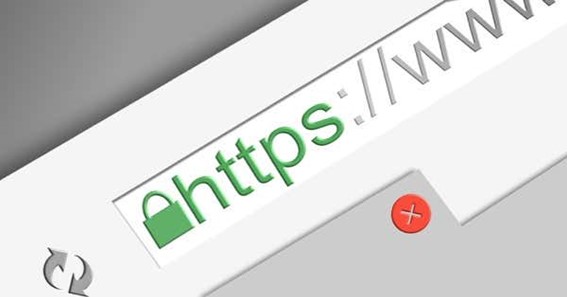Launching a website without implementing security best practices is like building a house without a door. It could be a great website, but when intruders can access it at any time, you’re putting yourself and your users at risk. Fortunately, getting started with security isn’t rocket science, as we’ll show you in this article.
Before we dive into our top three site security tips, we’d be remiss not to mention that good website security often begins with your chosen hosting provider. So before you choose where to host your website, look into the security features they offer, from DDoS protection to performing regular site backups. These basic benefits will take a lot of pressure off you security-wise.
Priority number one before launching your website is getting it SSL-secured. Short for secure sockets layer, SSL encrypts the data of anyone connecting to your website via a web browser. When you install an SSL on your server, it establishes a secure connection between your site and anyone visiting it. The data sent over this connection is rendered unreadable to anyone except the sender and intended recipient, so malicious actors won’t be able to intercept any sensitive data, from social security numbers to credit card information.
-
Install powerful security tools
As we said earlier, your hosting provider should provide some basic security benefits right off the bat, but it doesn’t hurt to help it along. There is a myriad of such tools available out there, some more comprehensive in nature, while others target specific security issues. Security issues you should consider getting a tool for include malware and vulnerability scanners and removers, suspicious activity monitors, and web application firewalls, which prevent suspicious traffic from entering your site.
-
Practice password hygiene and install 2FA
Creating strong passwords and changing them often is one of the most basic, important things you can do to protect all your online accounts, yet it is so frequently overlooked. Your admin password for your website is no exception. Follow basic password best practices such as:
- Use at least 12 characters
- Use a mix of letters, numbers, and symbols
- Change it at least every three months.
The most effective method of coming up with a unique, crack-proof password is by using a password generator. The most effective way of remembering it is by using a password manager.
For an extra layer of protection should your password ever be compromised, consider implementing two-factor authentication (2FA). 2FA adds another step in the login process, requiring the user to carry out two steps to log in. The first is generally entering website login details. The most common form of 2FA is having an app installed on another device that you must click to confirm whenever you log in to your website. There are plenty of free 2FA options across the Internet, and it’s something your web host may provide with your hosting package.
Conclusion
Website security should never be neglected, especially considering how relatively easy it is to protect your website. By taking basic precautions like installing an SSL, implementing security tools, and using password best practices and 2FA, you should be able to keep yourself and your users safe.






